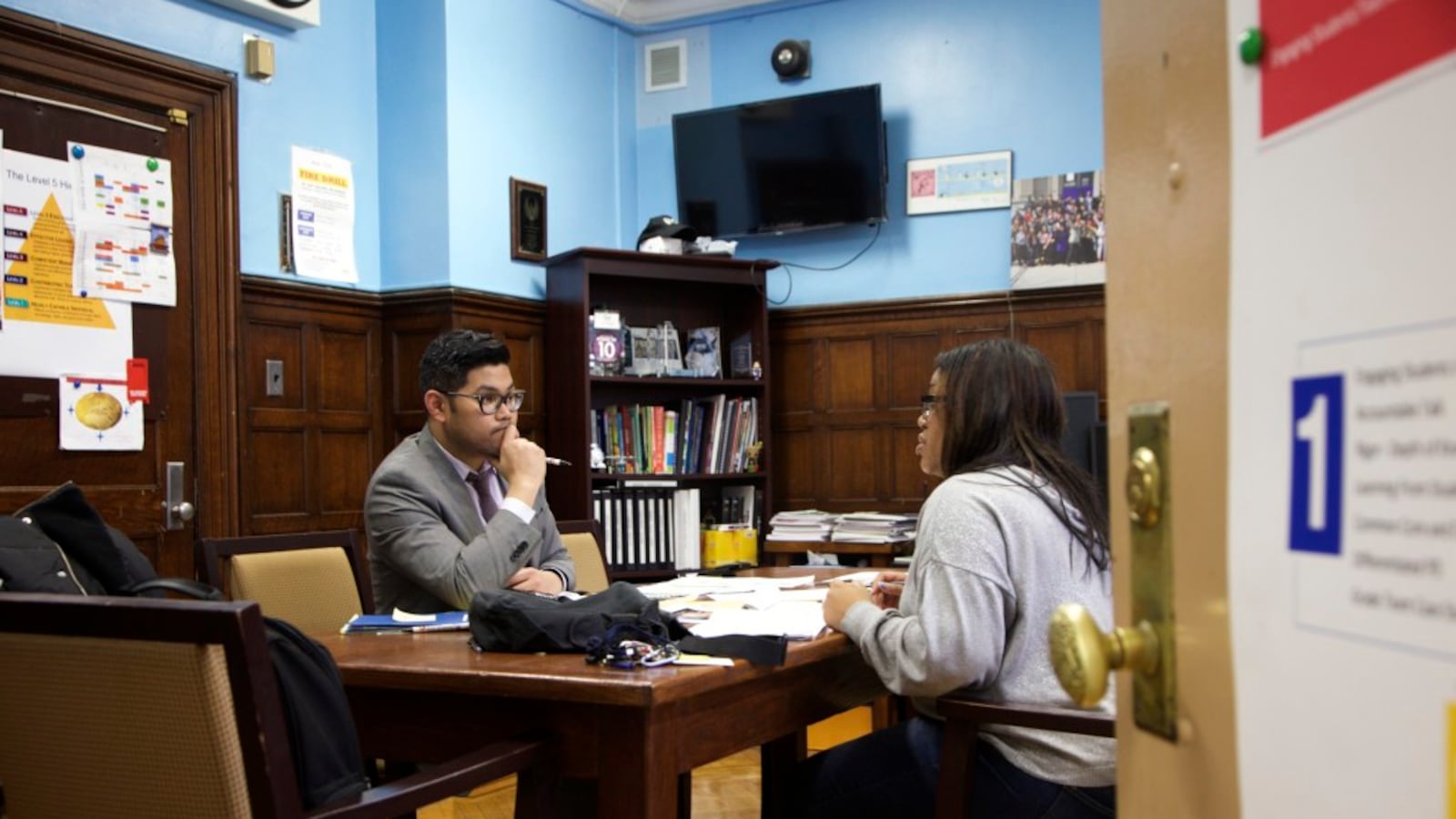New York state lawmakers will likely pass a bill extending tuition assistance for undocumented students before the end of this month, one of potentially several clear shifts in education policy as Democrats assume control of the state Senate.
The bill is more commonly known as the New York DREAM Act and has been proposed annually since at least 2013. Members of the Democrat-controlled Assembly have passed the bill, but it has died each year in the formerly Republican-controlled Senate. Democrats now hold 39 of the 63 seats in the Senate, with several new progressive senators joining the body after November’s elections.
Specifically, the DREAM Act would allow children of undocumented immigrants to apply for state financial assistance programs, such as tuition help and college savings programs, for New York State colleges or universities. The bill — expected to be filed over the next few days — would also create a scholarship fund for undocumented students, said Assemblywoman Carmen De La Rosa, a New York City Democrat and one of the bill’s sponsors.
Beyond some private scholarships, undocumented students do not currently have access to state or federal tuition aid.
A spokesperson for Senate Republicans didn’t respond to multiple requests for comment. Former Senate Majority Leader John Flanagan has said Republicans are strictly against the bill, arguing the state must focus on “struggling” middle-class families with children who are eyeing college.
In a speech Wednesday, newly minted Majority Leader Andrea Stewart-Cousins, a Yonkers Democrat, named the DREAM Act among legislative priorities and said an eventual law would be named after Sen. Jose Peralta, who had sponsored a version of the bill since 2013. Peralta, who lost his primary reelection bid, died suddenly last year.
De La Rosa and Sen. Luis R. Sepúlveda, another New York City-area Democrat and co-sponsor, said they have the votes for the bill to pass easily through both houses before the end of January. Sepúlveda said it could happen within the next two weeks.
“I think it’s an injustice when we look at the right of educating our communities, educating our children, that when they get to 12th grade and they basically enter the most vulnerable phase of their life, we then tell them they no longer have this right in New York state,” De La Rosa, who has sponsored the bill before, said in an interview.
Stewart-Cousins asked Sepúlveda to step in for Peralta this year to sponsor the bill, he said, adding that he’s “ardently” supported the bill in the past. The stark change in how fast it could be approved this year is “clearly a result of the election,” he added.
Passing the DREAM Act is also a priority for Gov. Andrew Cuomo, but he has removed it from the budget after Republicans and Democrats couldn’t agree on the policy.
It’s tough to measure the impact of the law on New York City students since education officials don’t track students’ immigration status. A March 2018 report on immigration estimated 560,000 undocumented immigrants live in the five boroughs. Lawmakers estimate that 4,500 undocumented students graduate annually from New York high schools.
The number of students who might decide to attend college and choose to apply for tuition assistance would likely be a relatively small number — out of 65,000 undocumented students who graduate from high school annually in the United States, only about 5 to 10 percent actually enroll in college, according to statistics from the Center for American Progress, a liberal think tank.
In a statement, Schools Chancellor Richard Carranza called these students — so-called “DREAMers” — “the best of New York City and America.”
“They have gone to school, gotten great grades, and in many cases served our communities and country,” Carranza said. “I encourage the New York State Legislature to stand up for these young Americans and pass this bill.”
In 2016, Cuomo initially included an annual $27 million in his budget to pay for expanded eligibility. A similar law in New Jersey, passed in May, resulted in 1,365 applicants applying for aid by the first deadline in September. (That law’s proponents expect the number to rise but knowledge of the tuition assistance has been slow to spread, and some students remain wary of applying while their legal status remains uncertain).
Immigration advocates, who have pushed for New York to pass such a law for years, welcome the bill.
“Our students from immigrant families are facing fear and uncertainty in many aspects of their lives,” said Rita Rodriguez-Engberg, director of the Immigrant Students’ Rights Project for Advocates for Children of New York, in an emailed statement. “New York State should play a leadership role and show its commitment to immigrant students by passing the DREAM Act.”
Yatziri Tovar, a DACA recipient who attended high school in the Bronx, said the law could have eased the pressure of working odd jobs, with help from her dad, while attending City College of New York. She said she took a couple semesters off to work, hit pause on work to focus on school and could only afford to pay for one class one of those semesters.
“I was able to take off from school and work,” Tovar said, who now works for the immigrant advocacy group The Road New York. “But there’s other youth as well that are not able to take off.” Sometimes they are head of their family, or sometimes they need to contribute to their family economically. “This is the reality for a lot of our youth,” she said.

